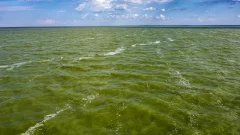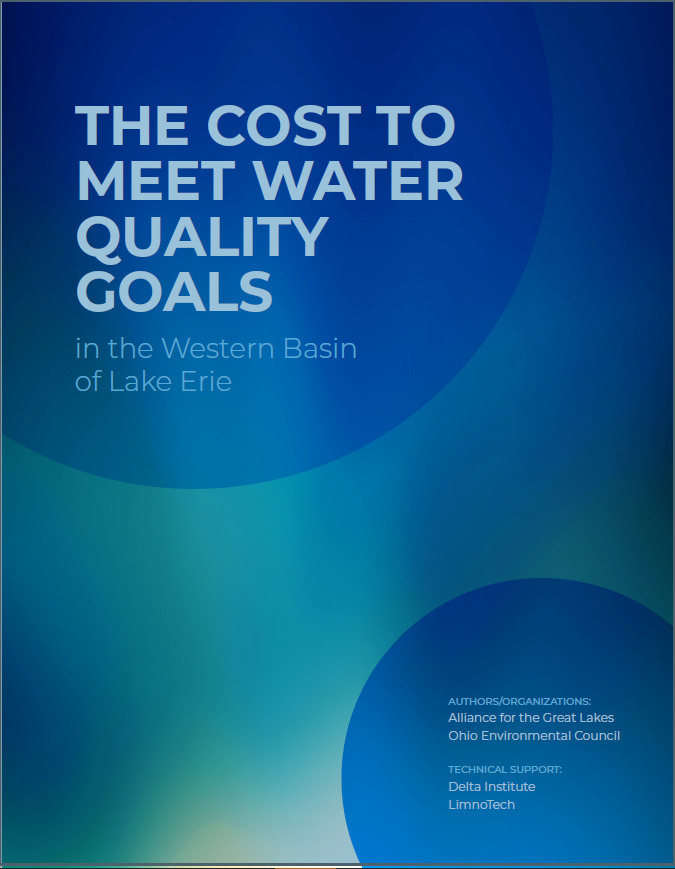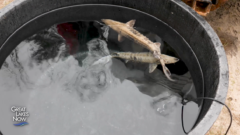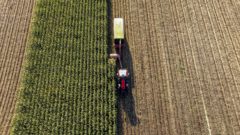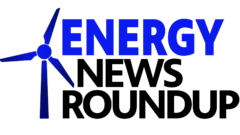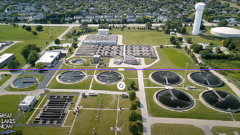Ice cave tours open along Wisconsin’s shoreline of Lake Superior
Thanks to a mixture of erosion and wind, winter runoff has created more than ten ice formations in the Chequamegon ice caves along the Wisconsin shoreline of Lake Superior. Tour guides will lead thousands of people across the snow and ice to see the natural phenomena through the caves that have just opened for a month-long season. Read the full story by WJFW-TV – Rhinelander, WI.
Great Lakes Commission
https://www.glc.org/dailynews/20230215-tour-ice-caves


